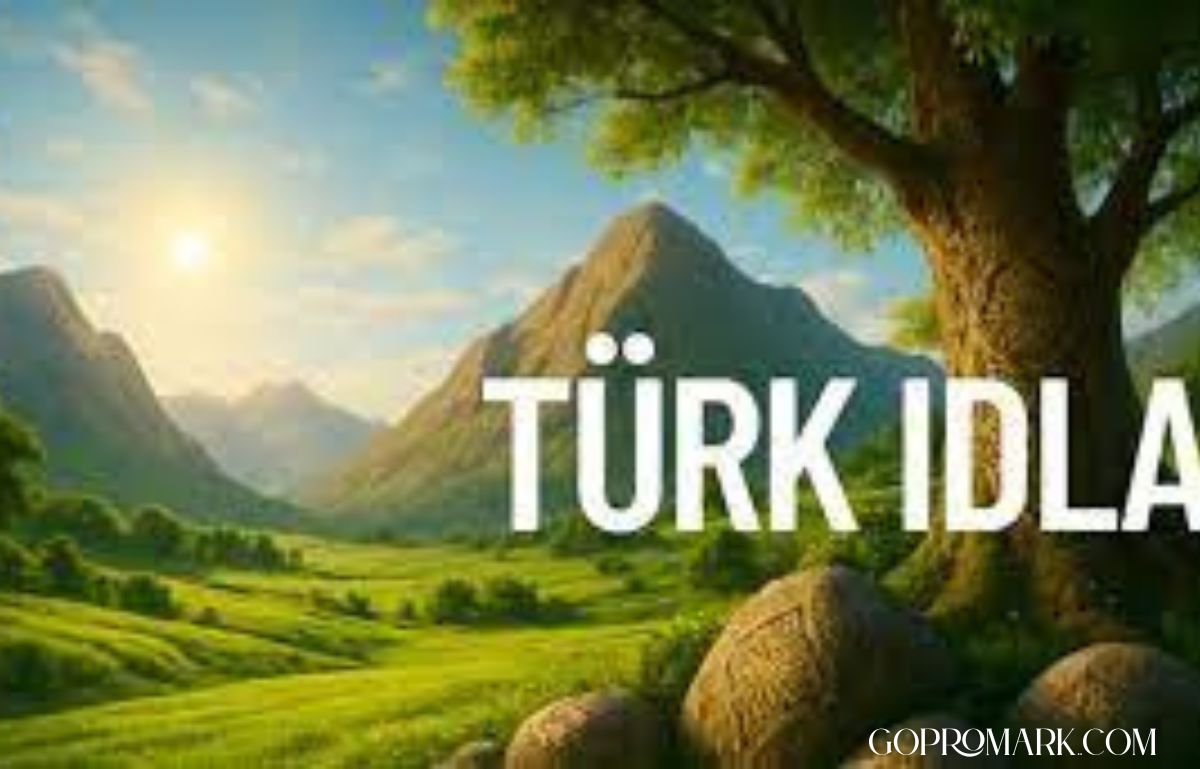Türk İdla is more than just a word; it embodies a blend of heritage, tradition, and identity in Turkish culture. Rooted deeply in the nation’s history, Türk İdla reflects values passed down through generations, shaping how people live, celebrate, and connect. In modern times, it serves as a bridge between Turkey’s rich past and its evolving present, offering insights into the customs and philosophies that define Turkish society.
The Origins of Türk İdla
The term Türk İdla is believed to have emerged centuries ago, representing a combination of Turkish linguistic elements and cultural symbolism. While historical accounts vary, most scholars agree that Türk İdla’s essence lies in its link to communal values, social etiquette, and seasonal festivities.
Early traces of Türk İdla can be found in Ottoman-era writings, where it often referred to guiding principles in governance, community organization, or shared meals during special occasions.
Cultural Significance of Türk İdla
In Turkish culture, traditions hold a special place, and Türk İdla is no exception. It often signifies a time for family gatherings, exchange of goodwill, and shared meals. In some regions, Türk İdla also refers to symbolic rituals performed during seasonal changes or national celebrations.
Culturally, Türk İdla reinforces unity. It encourages generosity, respect for elders, and a sense of belonging—values central to the Turkish way of life.
Türk İdla in Culinary Traditions
Food plays an essential role in Türk İdla. From slow-cooked lamb dishes to freshly baked breads, meals prepared during Türk İdla celebrations are a feast for the senses. Certain recipes are handed down for generations, ensuring that every bite carries a story.
Traditional dishes often served during Türk İdla include:
-
Kuzu Tandır (Slow-Roasted Lamb): A dish symbolizing patience and hospitality.
-
Baklava: A sweet pastry that brings joy to festive gatherings.
-
Çorba (Soup): Often served first, symbolizing warmth and welcome.
These dishes are not only about taste but also about the shared experience of preparing and enjoying them with loved ones.
Rituals and Customs of Türk İdla
Türk İdla customs vary by region, but several core practices remain consistent:
-
Visiting Elders: Paying respect to older family members and community leaders.
-
Gift Giving: Offering symbolic gifts or homemade delicacies as tokens of goodwill.
-
Community Feasts: Large gatherings where neighbors share food and stories.
-
Traditional Music and Dance: Folk performances that preserve regional heritage.
Each of these customs serves as a reminder of the collective values that Türk İdla represents.
Türk İdla and Social Values
Beyond celebrations, Türk İdla plays a role in strengthening social bonds. It fosters mutual respect, kindness, and cooperation among community members. These values are especially important in rural areas, where traditions serve as the glue holding communities together.
Through Türk İdla, lessons in generosity, humility, and cultural pride are passed on to younger generations.
Türk İdla in Modern Turkey
Today, Türk İdla continues to evolve. While urbanization and globalization have transformed aspects of Turkish society, the core principles of Türk İdla remain intact.
Modern interpretations might involve social media sharing of celebrations, fusion dishes that mix Turkish and global flavors, or community service activities that align with traditional values.
Even in a fast-paced digital age, Türk İdla acts as a grounding tradition that connects people to their roots.
Festivals and Public Celebrations of Türk İdla
Public events centered around Türk İdla are often marked by cultural showcases, food fairs, and artistic performances. These festivals attract both locals and tourists, offering a vibrant display of Turkish hospitality and tradition.
In certain cities, Türk İdla-themed fairs also highlight handicrafts, traditional clothing, and storytelling sessions, keeping cultural knowledge alive.
Preserving the Heritage of Türk İdla
Preserving Türk İdla requires conscious effort. Cultural organizations, schools, and local governments play a vital role in teaching its significance to the younger generation. Documenting regional variations, recipes, and rituals ensures that Türk İdla will not fade into history.
With the growing interest in cultural tourism, Türk İdla could also become a key attraction for visitors seeking authentic experiences.
Conclusion: The Enduring Spirit of Türk İdla
Türk İdla stands as a testament to Turkey’s ability to honor the past while embracing the future. It is not just a cultural event, but a living tradition that reinforces community, family, and national pride.
As long as people continue to gather, share meals, and pass on stories, the spirit of Türk İdla will remain a cherished part of Turkish identity.
